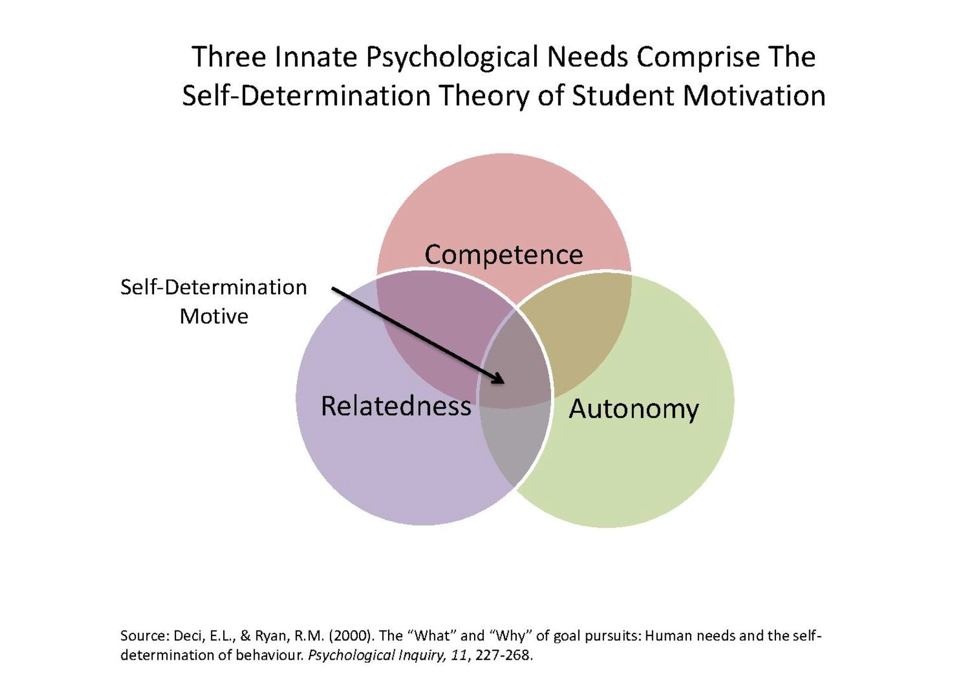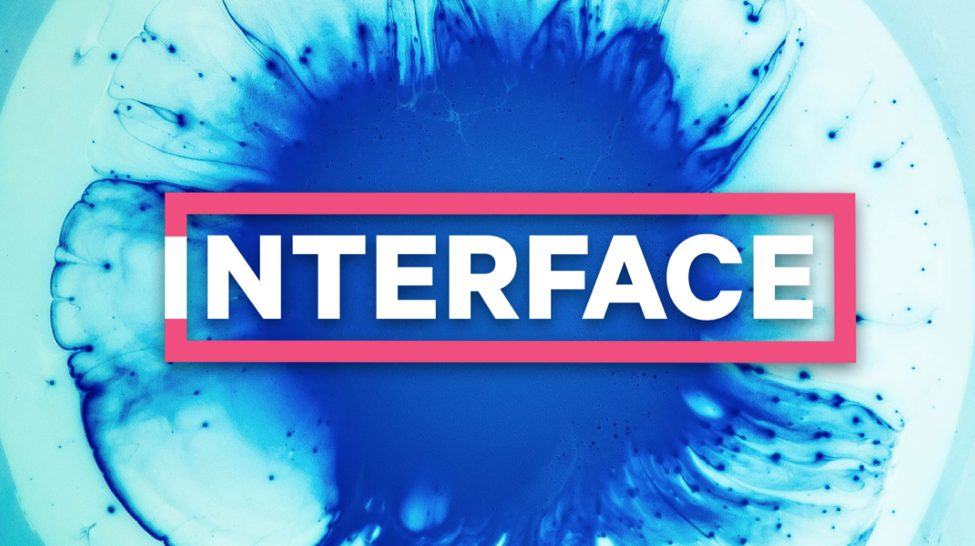As designers, we’ve been designing for behavior for a long time now. At its very heart, design promotes behaviors.
Think of a door. The very design of it prompts you to engage in a specific behavior, and engenders a specific action.

This is the paradigm we’re most familiar with as designers - influencing behavior. Go into any application on your phone, and you’ll be inundated with design techniques geared to promote a specific behavior. The goal is to make the app as sticky, as usable, and as enjoyable as possible.
While this design approach is effective for creating a specific behavior, it falls short when it comes to instilling long term behavioral change. Luckily, a second set of design philosophies are emerging, predicated on sustained, long term changes in behaviors.
For designers, this is unlocking tremendous new opportunities to solve some of the largest issues facing society, especially when willpower alone isn’t enough to shape a change in behavior. By marrying psychology and design and layering in additional principles, designers are poised to dramatically disrupt the status quo when it comes to long term behavior change. I’ve seen it myself at Carrot, where I design applications and services to help smokers truly quit.
While we haven’t as an industry completely cracked the nut on designing for long term behavioral change, there are approaches - like self determination theory and cognitive behavioral therapy - that can be applied to today.
Take, for example, self determination theory (SDT). Predicated on the concepts of autonomy, competence, and relatedness, SDT provides an excellent example of incorporating behavioral psychology into design to drive long term behavior change.

By designing systems that allow people to autonomously activate their designed behavior, designers can empower people to not only achieve the sought after behavior, but to become the long term guardians of their own changed behavior.
It’s not enough to give people authority over their own behavior. Without proper guardrails, it’s easy for people to get overwhelmed by all the potential decisions they have to make. As designers, we can create ‘scaffolding’ in which users are supported and know they can handle the outcome of any of the choices in front of them.
The third pillar of SDT for designers centers on relatedness. No user wants to feel alone when trying to affect long term behavioral change. As designers, this means we need to create programs with the idea of empathy in mind, so users feel connected and understood instead of shamed or misrepresented if they want people to stay with the service.
SDT is just one of the behavioral psychology concepts designers should consider implementing in their practices.
If you’re interested in hearing more about the new frontiers available to designers, or have your own perspective to share, join my talk at The Interface, hosted by ThoughtSpot on Thursday, 9/20.

Hope to see you there!








